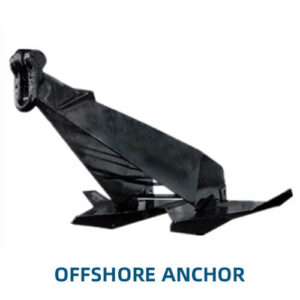Key Features of Universal Absorbents:
- Versatility:
- Wide Application: Universal absorbents can handle various types of liquids, including oils, chemicals, and water. This versatility makes them suitable for different spill scenarios.
- Adaptability: They are used in diverse settings, such as industrial facilities, commercial environments, marine applications, and transportation.
- Types of Universal Absorbents:
- Absorbent Pads: Flat, flexible pads that can quickly absorb spills and are easy to use in confined spaces or on flat surfaces.
- Absorbent Rolls: Continuous rolls of absorbent material that can be cut to size, making them suitable for large areas or irregularly shaped spills.
- Absorbent Socks: Cylindrical tubes filled with absorbent material used to contain spills and create barriers to prevent spreading.
- Absorbent Booms: Long, floating barriers used to contain and absorb spills on water. They help prevent the spread of contaminants in marine environments.
- Absorbent Granules: Loose absorbent material that can be spread over spills to absorb liquids. They are effective for covering large areas and can be easily swept up after use.
- Performance Characteristics:
- High Absorption Capacity: Universal absorbents are designed to quickly and efficiently absorb and retain liquids, reducing the risk of slip hazards and contamination.
- Fast Wicking Action: Many universal absorbents feature high wicking capabilities, allowing them to draw liquids away from surfaces and into the material.
- Durability: They are made from materials that are durable and resistant to tearing or breaking, ensuring effective performance even under challenging conditions.
- Applications:
- Industrial Settings: Used in factories, warehouses, and manufacturing plants to manage spills of oils, chemicals, and other fluids.
- Commercial Environments: Suitable for office buildings, shopping centers, and other commercial facilities to address minor spills and leaks.
- Marine Environments: Effective for controlling and cleaning up oil spills or chemical leaks on water.
- Transportation: Used in logistics and transportation hubs to handle spills during the movement of hazardous materials.
- Maintenance and Disposal:
- Proper Disposal: After use, absorbents should be disposed of according to local regulations, especially if they have absorbed hazardous materials.
- Regular Replacement: Replace used or contaminated absorbents with fresh ones to ensure ongoing spill management effectiveness.
- Storage: Store absorbents in a dry, clean area to maintain their effectiveness and prevent degradation.
- Safety Considerations:
- Personal Protective Equipment (PPE): When using universal absorbents, ensure that appropriate PPE is worn to protect against exposure to hazardous substances.
- Proper Training: Train personnel in the correct use of absorbents and the procedures for handling and disposing of contaminated materials.
Advantages of Universal Absorbents:
- Versatility: Can be used for a wide range of liquids, making them a flexible solution for various spill scenarios.
- Ease of Use: Simple to deploy and effective in managing spills quickly and efficiently.
- Cost-Effective: Provides an economical solution for spill response and maintenance, reducing the need for specialized products.
Considerations for Universal Absorbents:
- Capacity: Ensure that the absorbents have adequate capacity for the size and type of spill being managed.
- Type of Liquid: Although universal absorbents are versatile, ensure they are suitable for the specific type of liquid involved in the spill.
Universal absorbents are essential tools for effective spill management, offering flexibility and reliability in handling various types of spills. Their versatility and ease of use make them a valuable component of any spill response plan.






